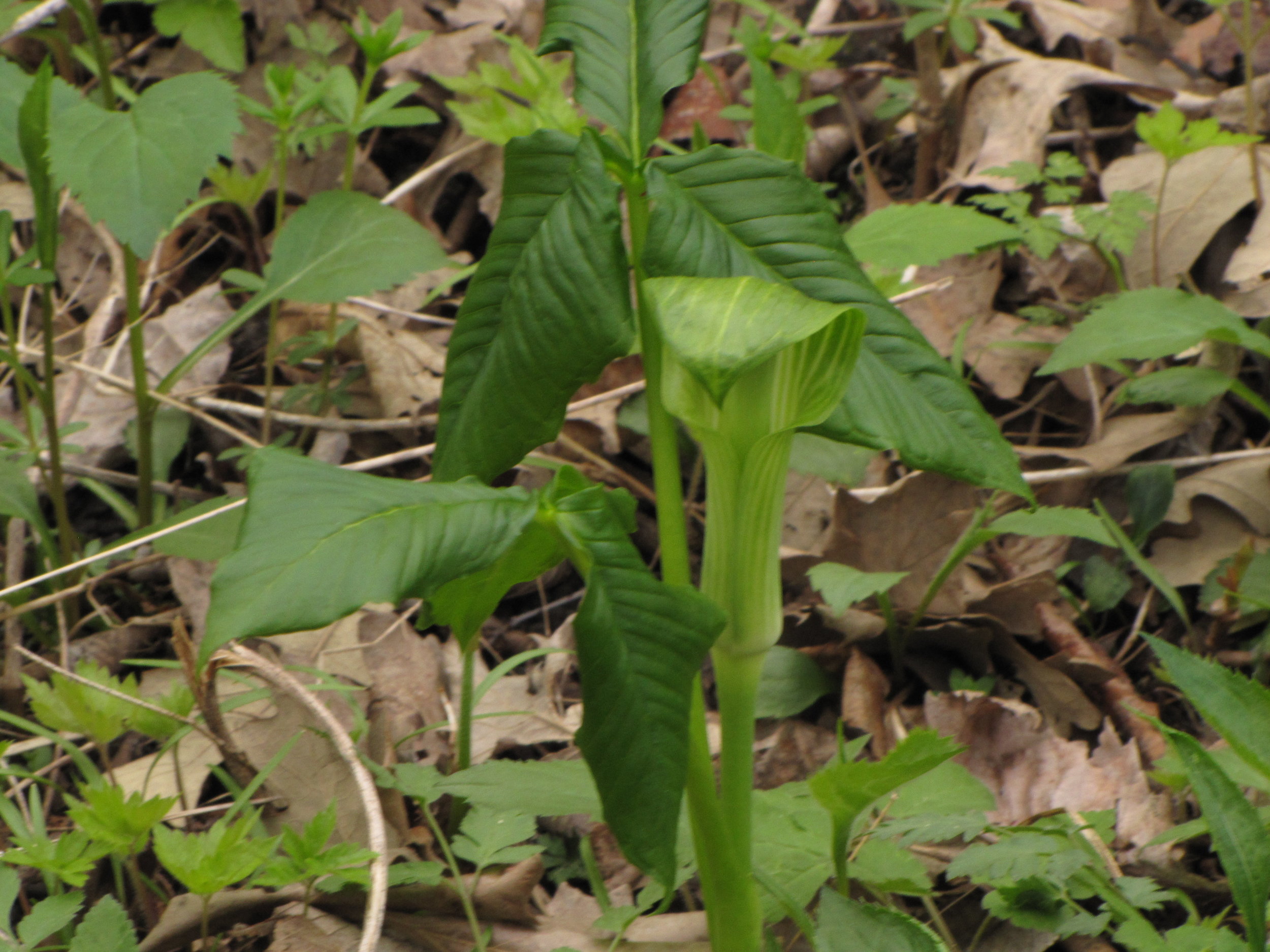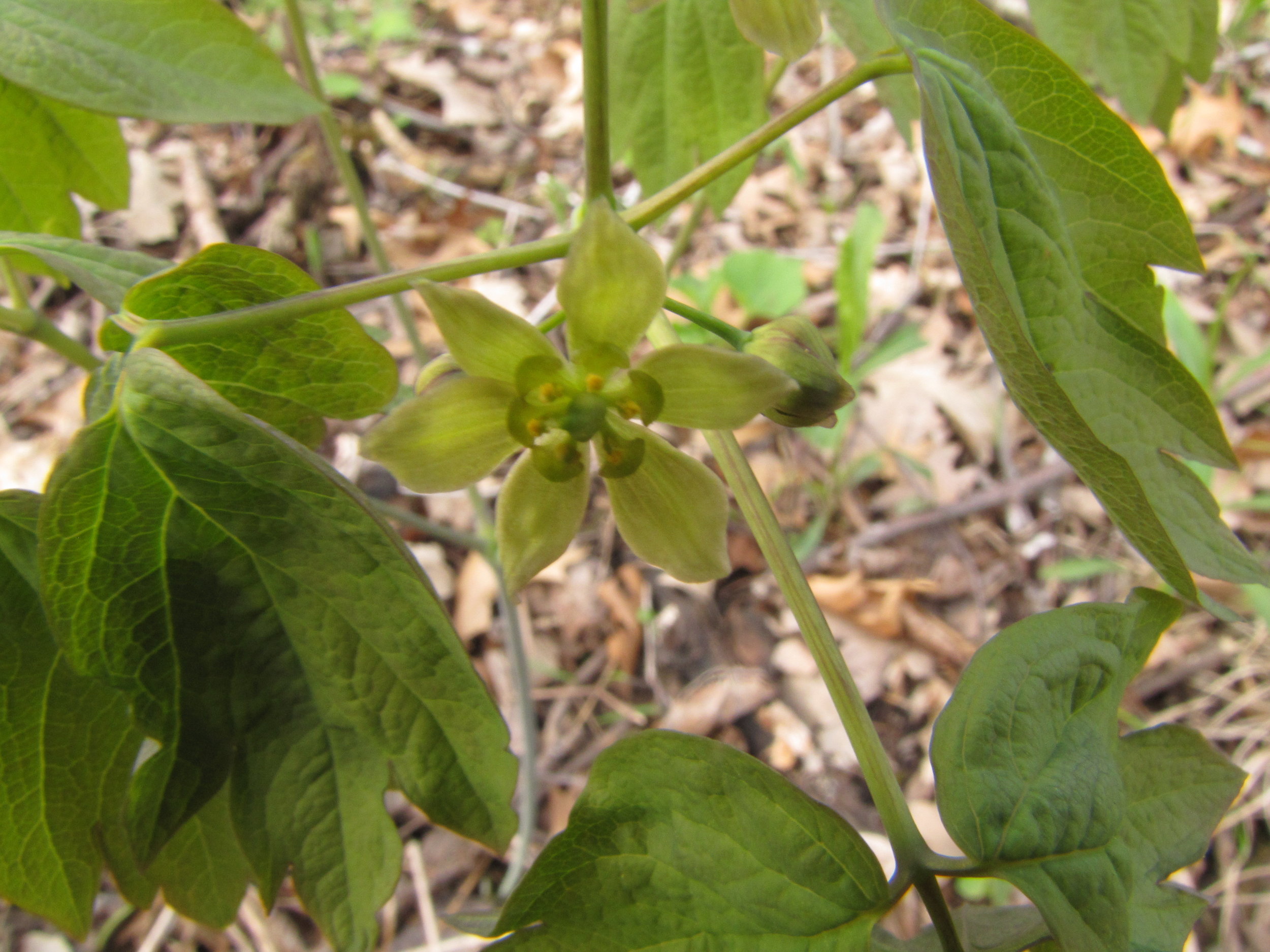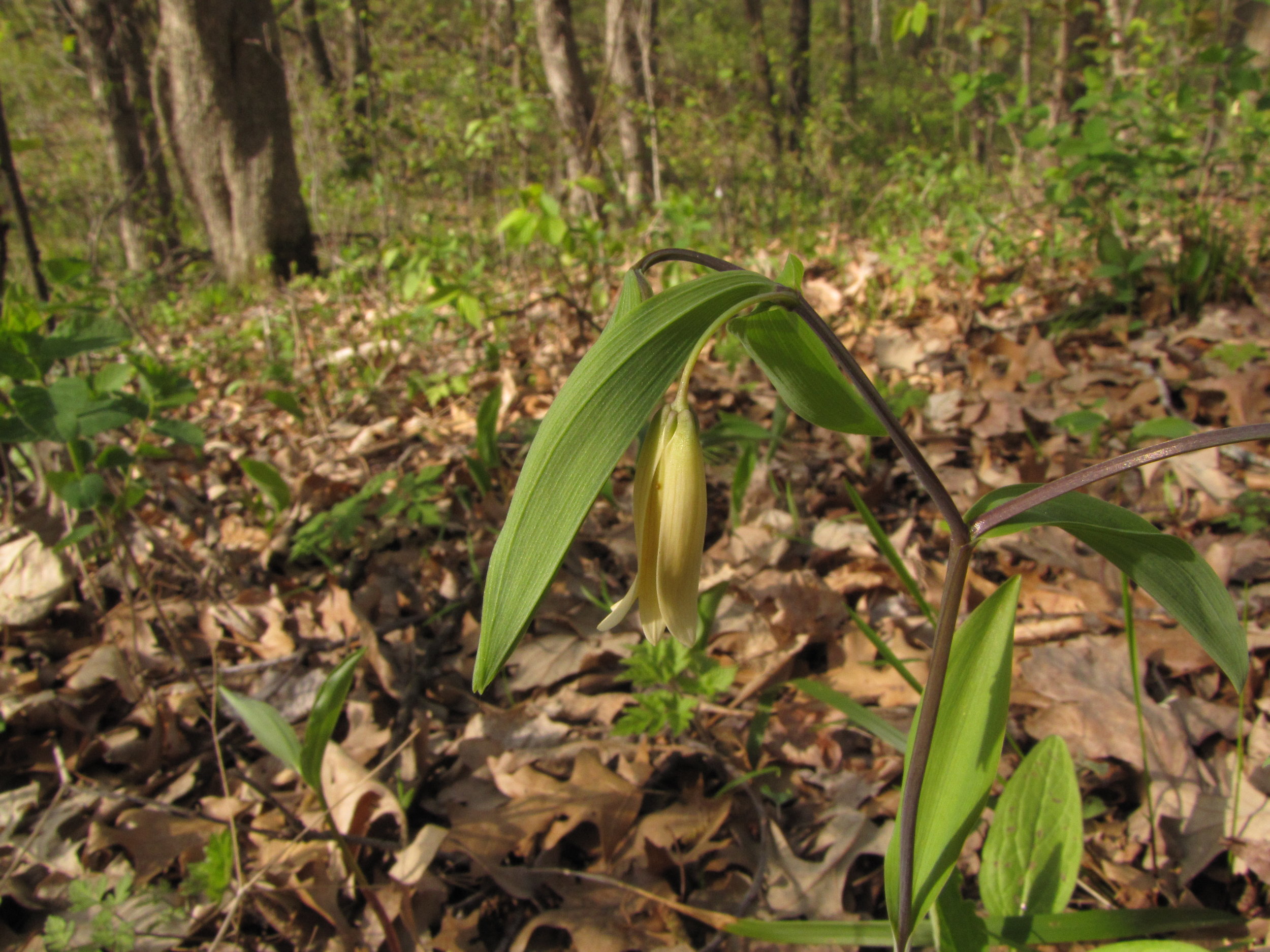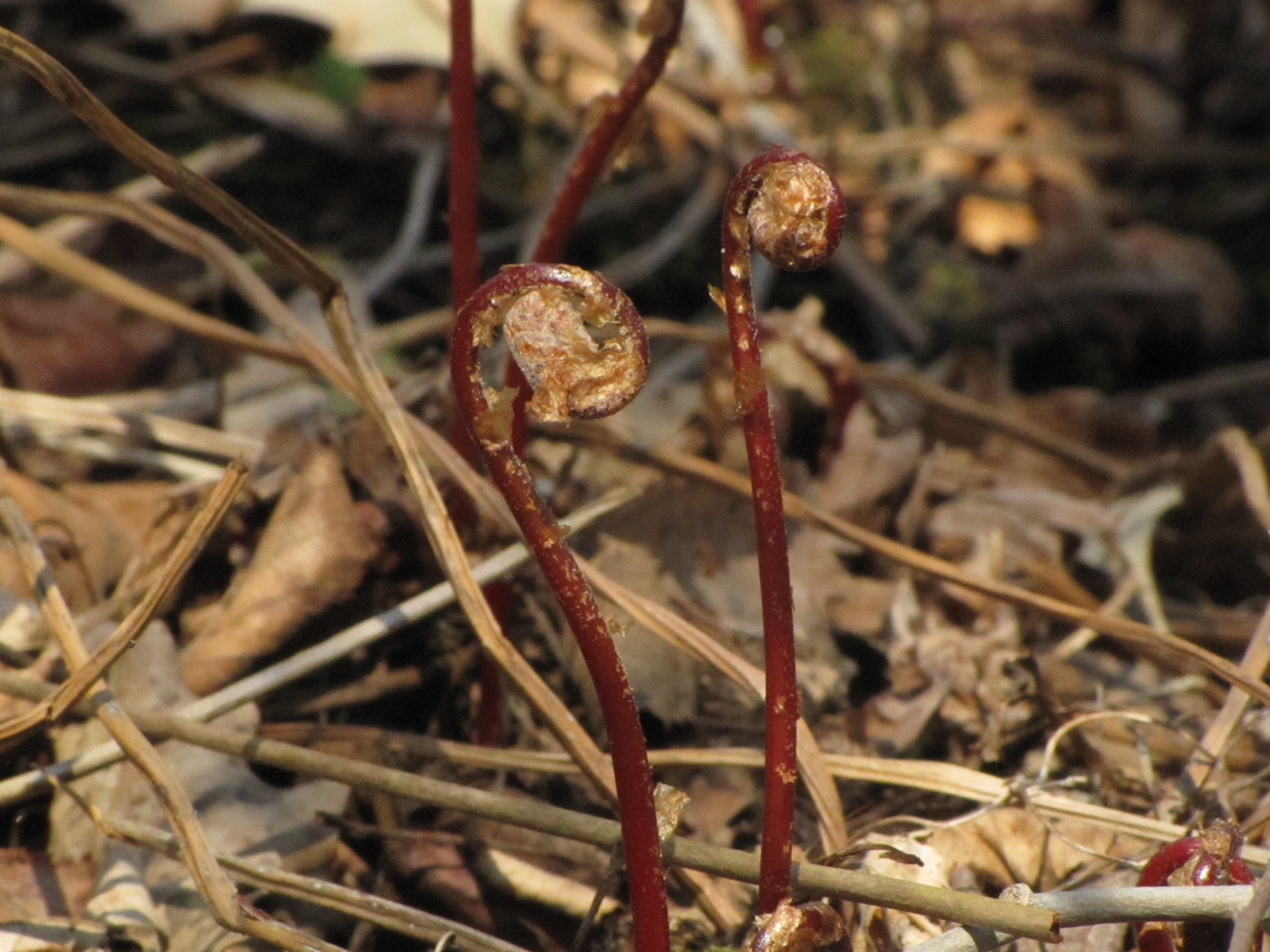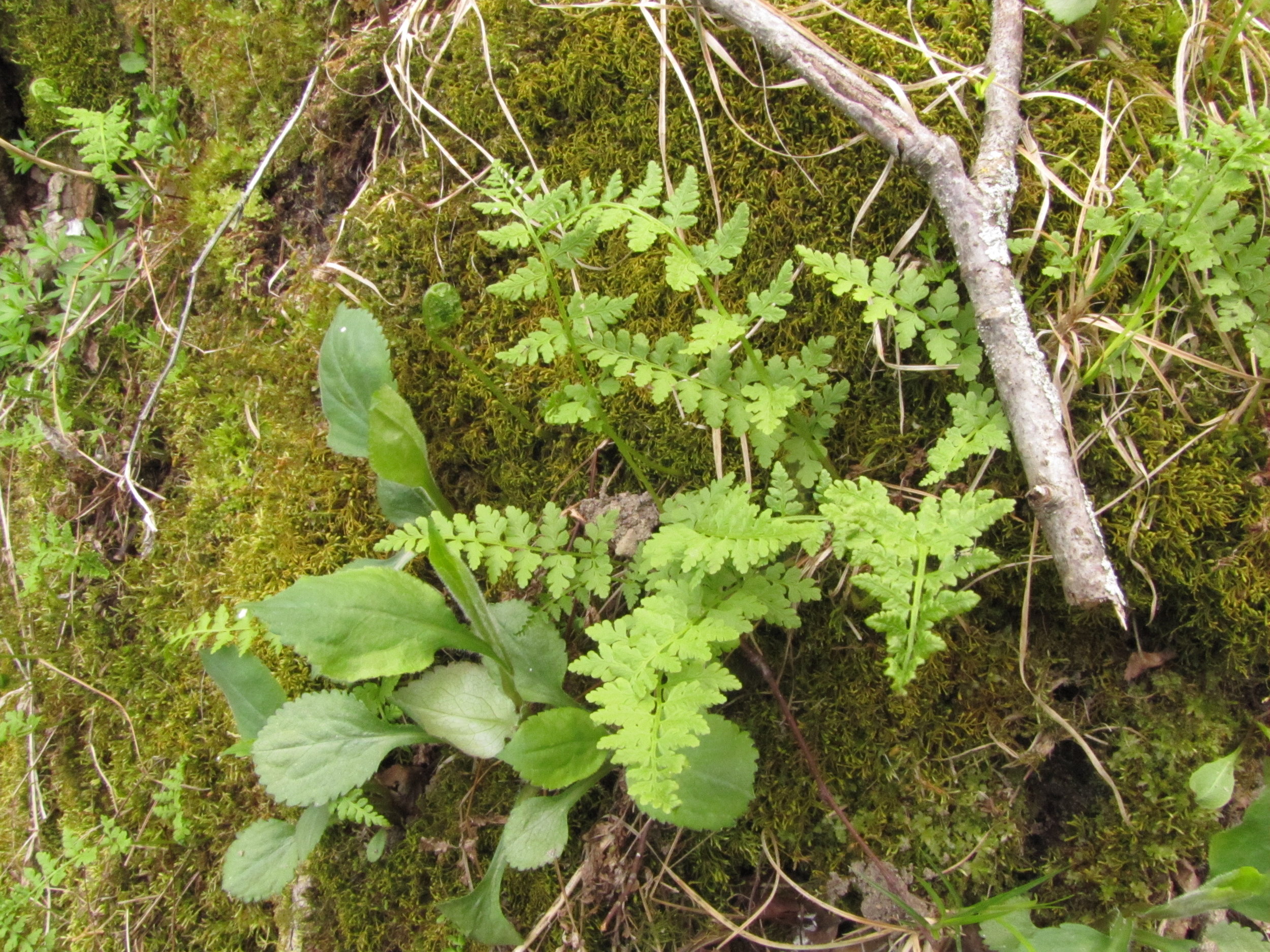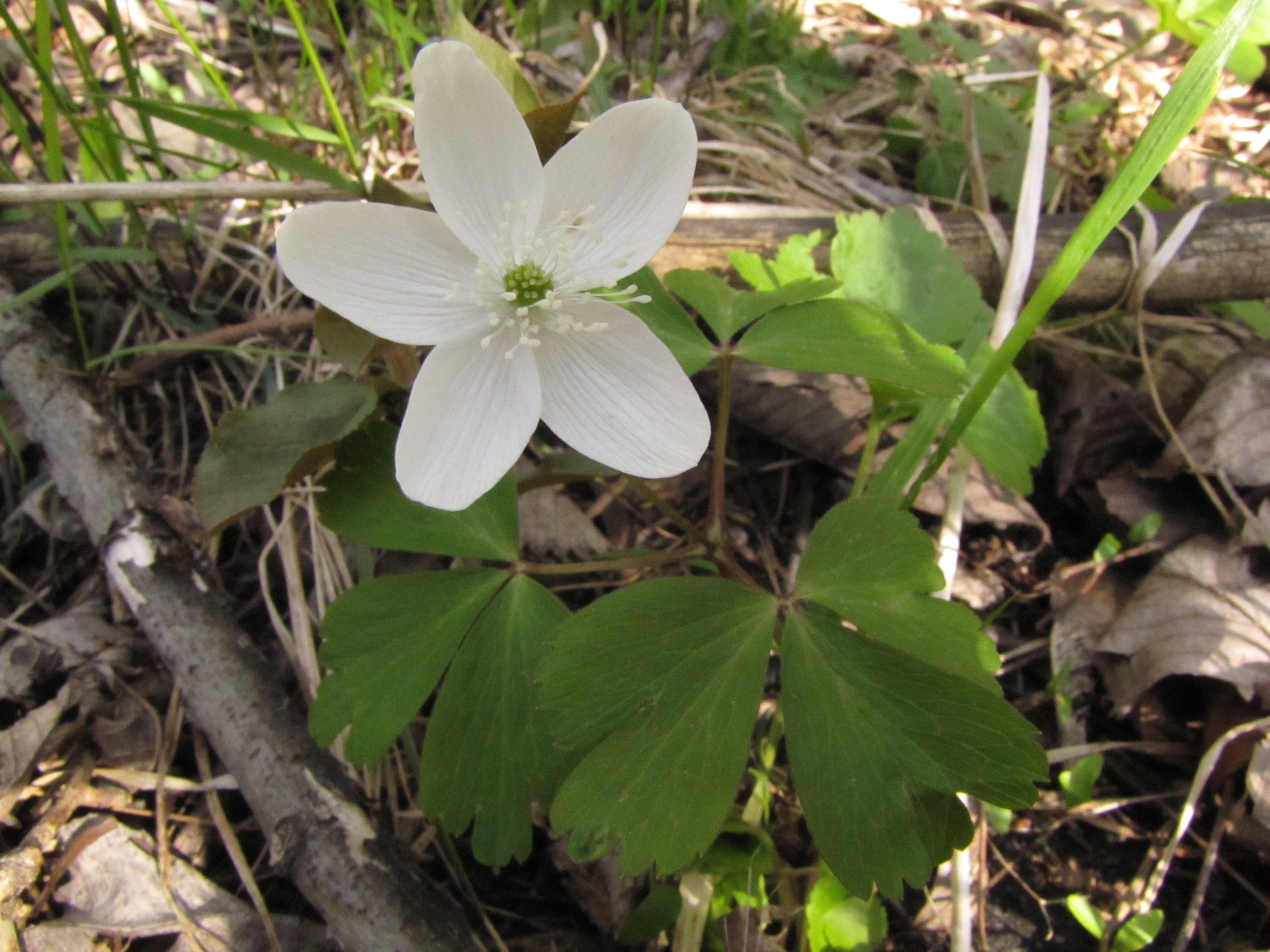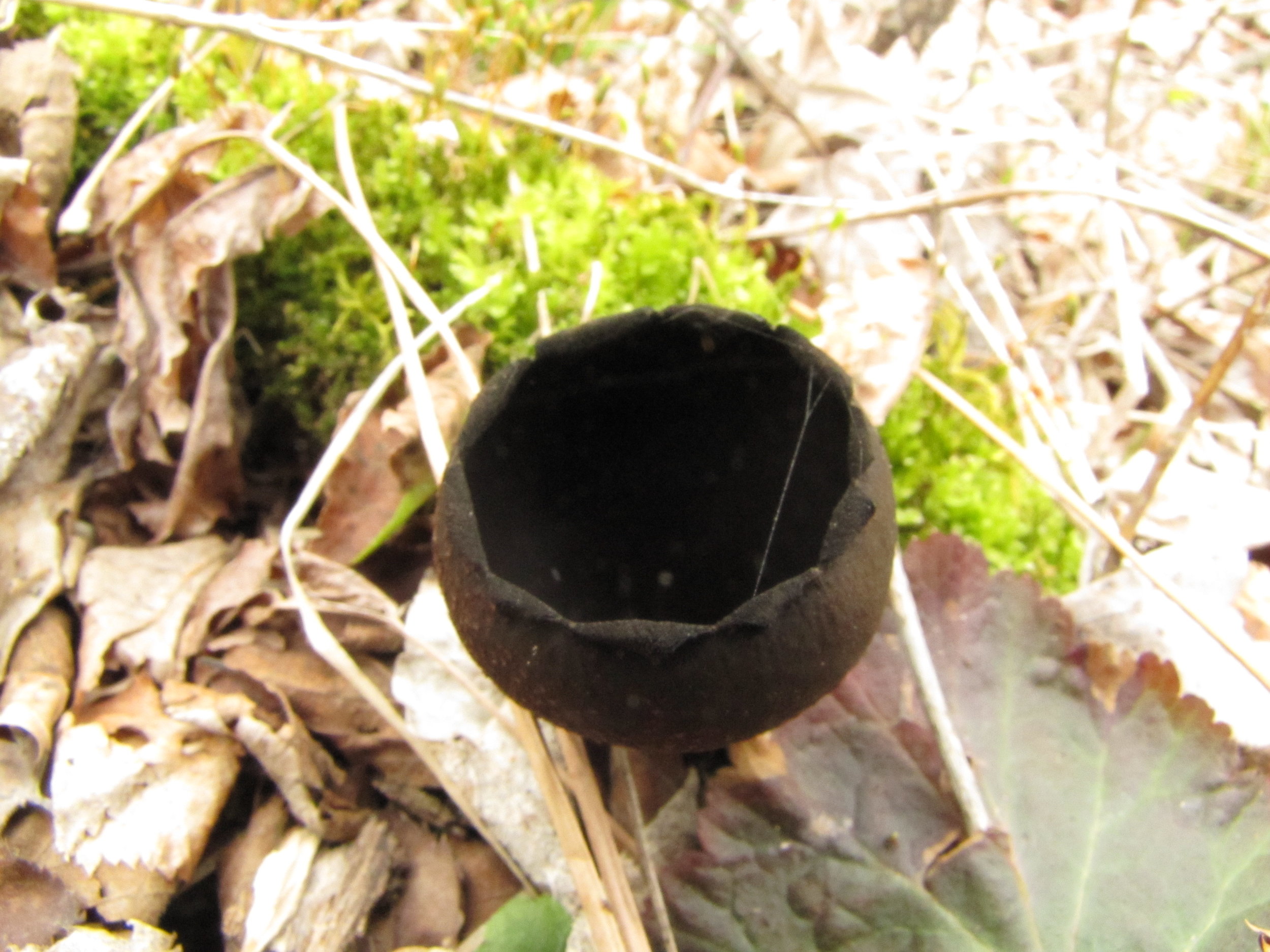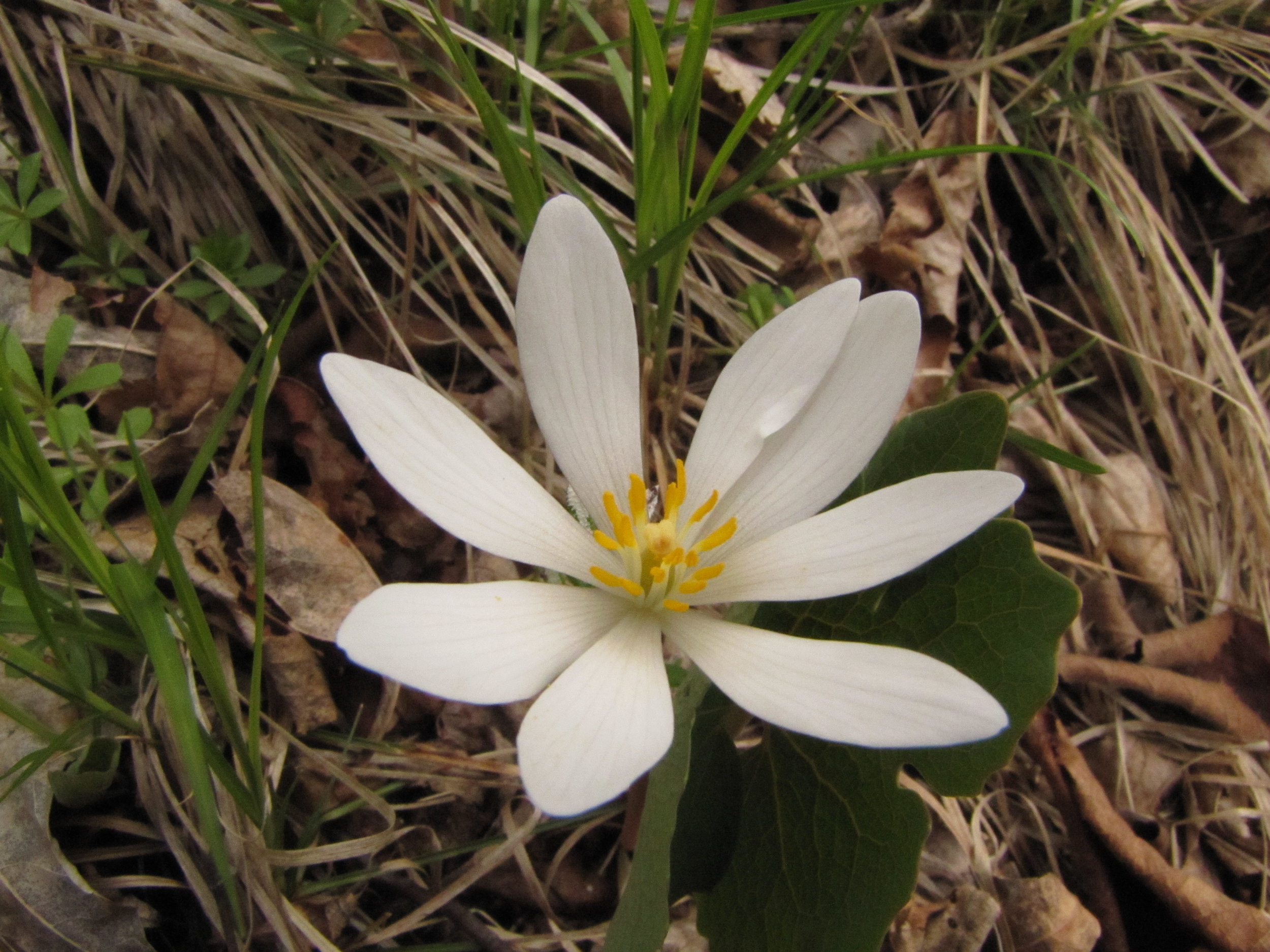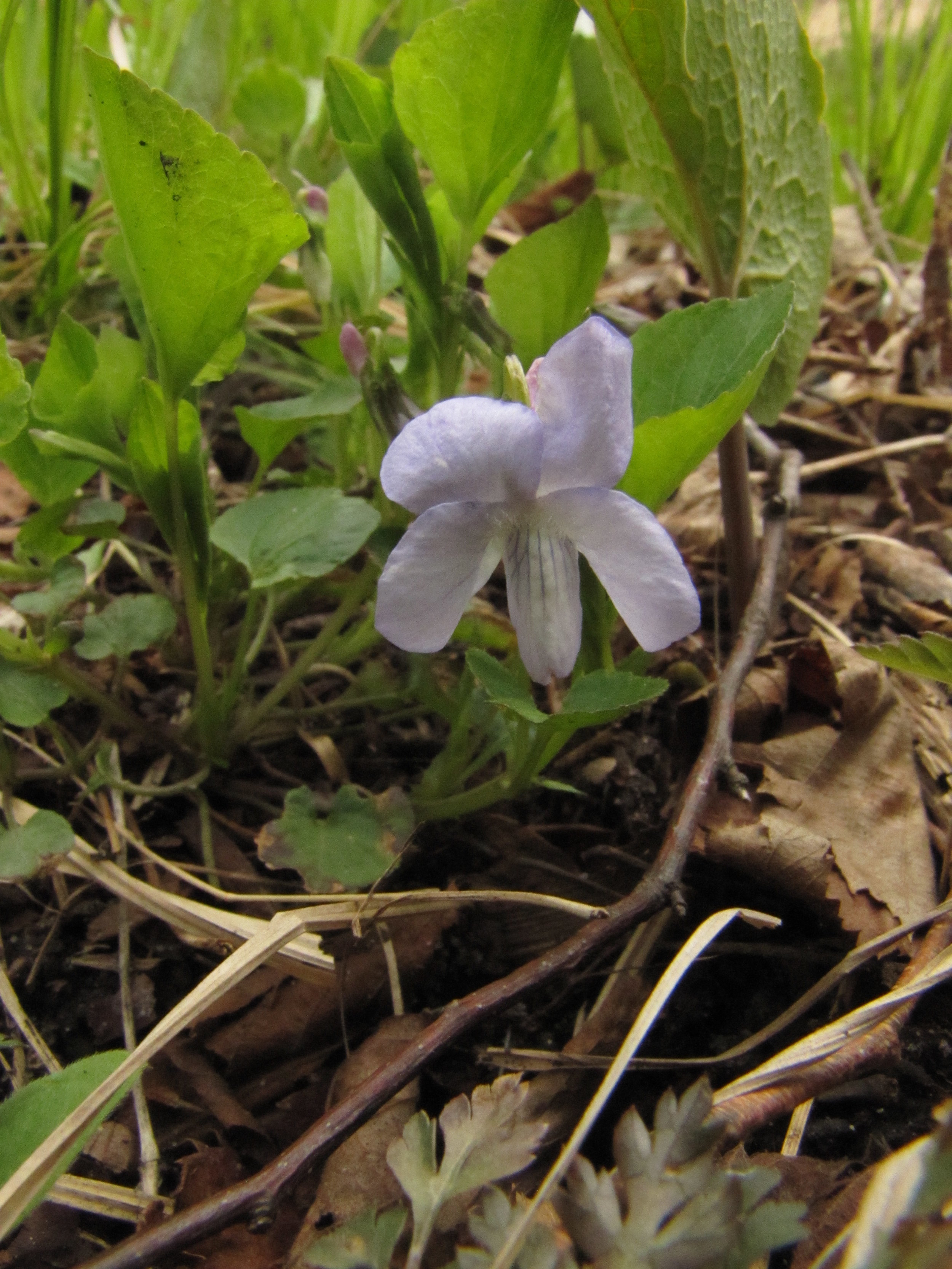Spring is now in full force, greens bursting out, too far now to go back. The sweet scent of plums fills the air, the soft buzz of bees finally returns. The birds are vying for my attention as I walk, calling from ground and tree. The orioles are back, the robins already hatching out their broods. Sedge wrens call from the willows. The willows are just starting to leaf out. Did you know that there are fifteen possible species of willows found in Todd County? It will be interesting to see how many make their home at Camphill, besides the pussy willow!
The world continues to amaze me with it's never ending abundance of opportunities to learn. So many things that I have never seen (or noticed) before. Blue Cohosh is blooming and I didn't even know such a plant existed until the other day.
Sometimes you come upon something so amazing that you know it is something that will stay with you for a long time. I had that happen on one of my walks the other day. I was delicately balanced on a hummock in the tamarack swamp when I heard a noise. A loud snapping of a dry branch breaking. Now I see the back end of deer disappearing into the woods all the time, but I looked up anyway, because flowers don't go anywhere when I look away. There was no deer, but an osprey flying away with branch in talon. It had broken off a branch from a dying tree top and was taking it to it's nest as building material! Surely a once in a lifetime sight! After marveling that I was blessed with such a sight, I turned back to the flowers and heard another crack! The osprey was back! Another stick for the nest. It must be close by, for it had only been minutes since it had flown off. I continued on my way, not wanting to disrupt the process, heart full and thankful for the opportunity I have.
New species seen include the Sessil leaved Bellwort, Little leaved Buttercup, Great water Dock, and the Rose twisted stalk.


